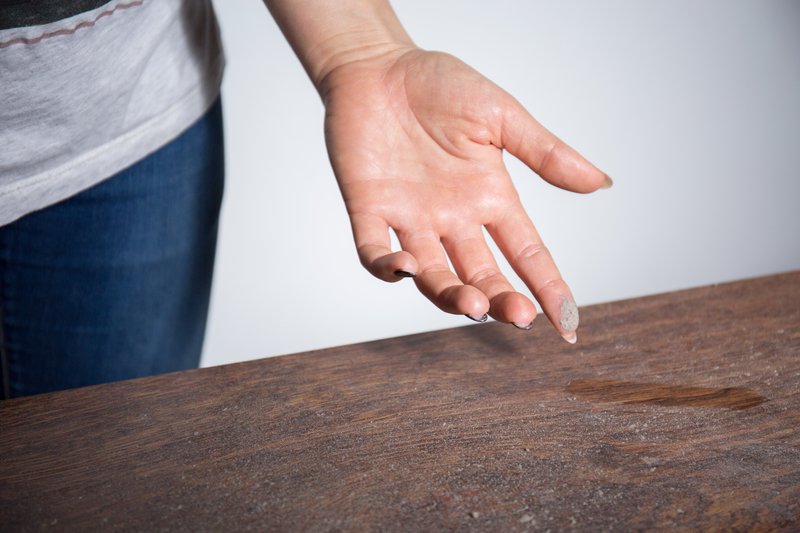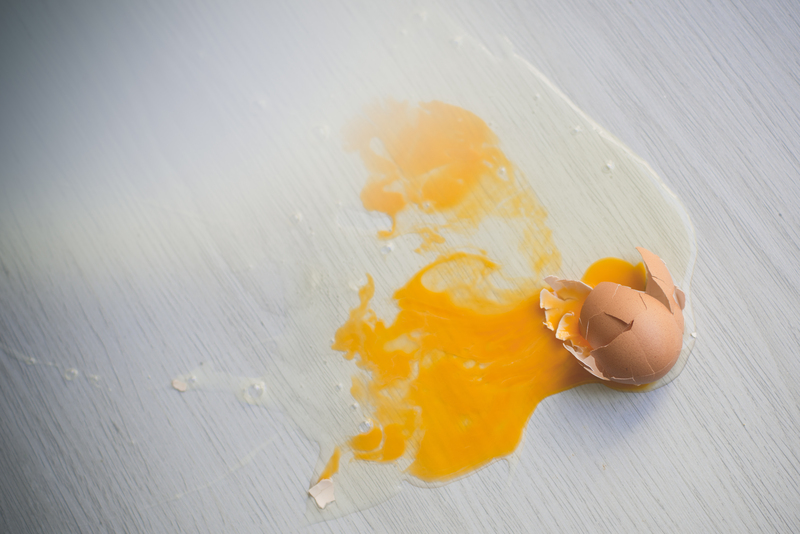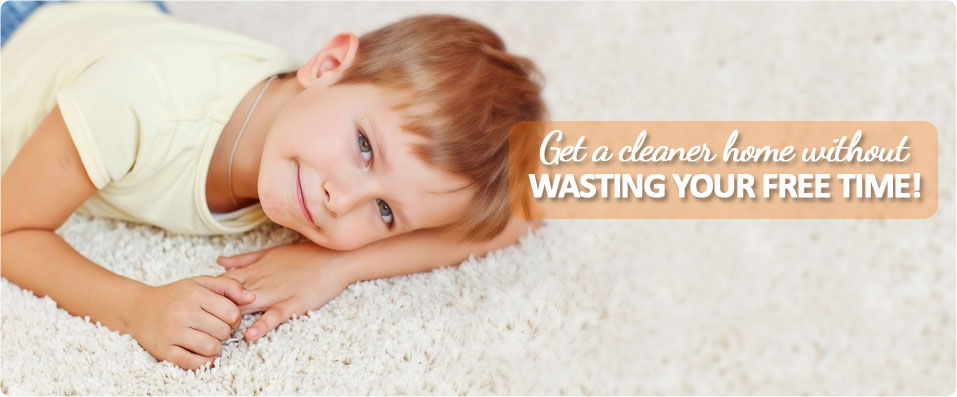Fact-Checking Popular Cleaning Myths
Posted on 04/01/2025
When it comes to keeping our homes spotless and germ-free, we often rely on age-old advice passed down from generations. However, not all of these cleaning tips stand up to scientific scrutiny. In fact, some of the most commonly accepted cleaning methods may be based on myths that do more harm than good. This article aims to dissect and fact-check popular cleaning myths to ensure you're cleaning smarter, not harder.
Myth 1: Vinegar Is a Versatile Cleaning Solution for All Surfaces
Vinegar is often hailed as a natural, versatile cleaning agent, and while it does have a broad range of applications, it's not a universal cleaner suitable for all surfaces.
The Truth: Vinegar is acidic, which makes it great for breaking down mineral deposits, but its acidity can also damage certain surfaces. For example, natural stone surfaces like granite and marble can lose their shine and become pitted or etched over time. Additionally, vinegar should not be used on electronics as it can corrode internal components.
Instead, use a mild soap and water solution for general cleaning, reserving vinegar for specific tasks like disinfecting cutting boards or cleaning showerheads.

Myth 2: Bleach Is the Best Option for Killing All Germs
Bleach is often considered the gold standard for killing bacteria and viruses, but it's not a one-size-fits-all solution.
The Truth: While bleach is indeed effective at killing many types of germs, it's crucial to follow specific guidelines for it to work as intended. Bleach must be diluted properly and allowed to sit on surfaces for a particular amount of time to be effective. It also doesn't penetrate dirt or grime, so surfaces must be cleaned before bleach is applied.
Moreover, bleach can be harmful if mixed with other household cleaners, producing dangerous gases. For daily cleaning, a more balanced approach using standard disinfectants or even soap and water can be equally effective and less hazardous.
Myth 3: Newspaper Is the Best Tool for Cleaning Windows
The idea that newspaper leaves windows streak-free and gleaming is a commonly held belief, but does it hold up under scrutiny?
The Truth: While newspapers can indeed initially clean windows well, they are not as effective as some modern alternatives. Newspapers can degrade and leave behind ink smudges, especially with today's more ink-intensive print presses. Microfiber cloths are far superior, as they are designed to absorb liquid and trap dirt without leaving streaks behind.
For a truly streak-free shine, consider using a high-quality glass cleaner and a microfiber cloth. These materials are washable and reusable, making them eco-friendlier over time.
Myth 4: More Detergent Means Cleaner Clothes
This myth is one that has likely resulted in a lot of wasted detergent and frustrated laundry endeavors.
The Truth: Contrary to popular belief, adding more detergent does not make your clothes cleaner; in fact, it can do the opposite. Excess detergent can lead to soap residue buildup, which can trap dirt and bacteria, leaving clothes looking dingy and feeling less clean.
Always follow the manufacturer's guidelines for detergent use. Modern washing machines and high-efficiency detergents are designed to work with minimal amounts, making your wash process both effective and economical.
Myth 5: Dusting With a Dry Cloth is the Best Way to Remove Dust
Dusting is a regular household chore, but the method you use can make a difference in how clean your home actually becomes.
The Truth: Using a dry cloth for dusting can actually spread dust particles around instead of removing them. Microfiber cloths are excellent for dusting because they attract and hold onto dust particles rather than just moving them around. For even better results, slightly dampen the microfiber cloth with a bit of water or a dusting spray.
Additionally, always clean from top to bottom to ensure any dislodged dust is captured as you go, reducing the need for repeated cleaning.
Myth 6: Carpet Deodorizers Clean Carpets
Many people rely on carpet deodorizers to keep their carpets smelling fresh and clean. However, these products are not a substitute for actual cleaning.
The Truth: Carpet deodorizers primarily mask odors rather than eliminating the source. Over time, the buildup of deodorizing powder can actually attract more dirt and lead to a dingy appearance. Vacuuming alone won't effectively remove trapped dirt and particulates that accumulate deep within carpet fibers.
For true clean, periodic deep cleaning with a steam cleaner or professional carpet cleaning service is necessary. This approach will remove embedded dirt and help prolong the life of your carpet.

Myth 7: Disinfecting Wipes Work Instantly
Disinfecting wipes are convenient and widely used, but their effectiveness depends on correct usage.
The Truth: For disinfecting wipes to work effectively, the surface needs to remain wet for several minutes as per the product's instructions. Simply wiping the surface and letting it dry quickly will not kill all the germs.
Always follow the usage instructions on the package to ensure you're getting the maximum disinfecting power from these wipes. Allowing the surface to stay wet for the recommended duration is key to achieving full germ-killing potential.
Conclusion
Cleaning your home efficiently and effectively hinges on understanding the reality behind common cleaning practices. From recognizing the limitations of household substances like vinegar and bleach to debunking myths about methods and tools, it's important to rely on scientifically-backed information for your cleaning routine.
By shedding light on these myths, you can adopt more effective cleaning strategies that save you time, money, and effort. Happy cleaning!







